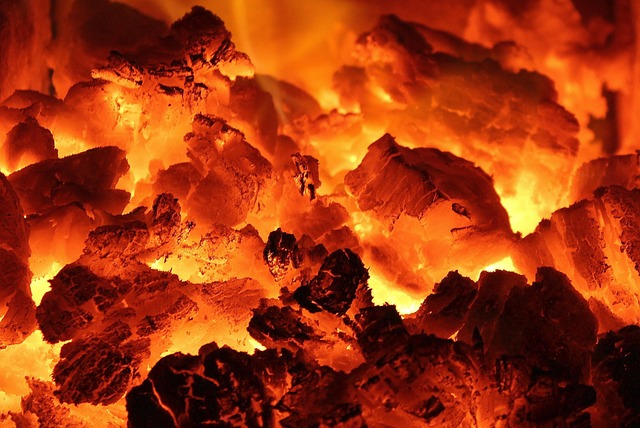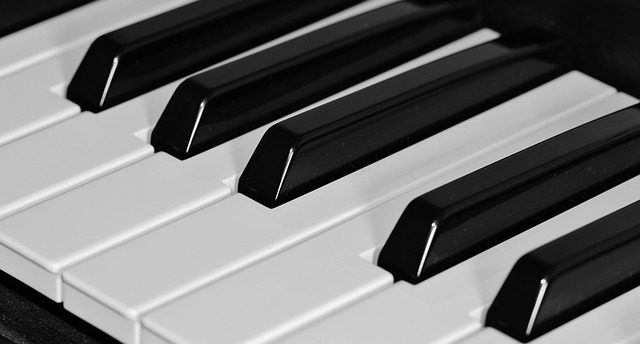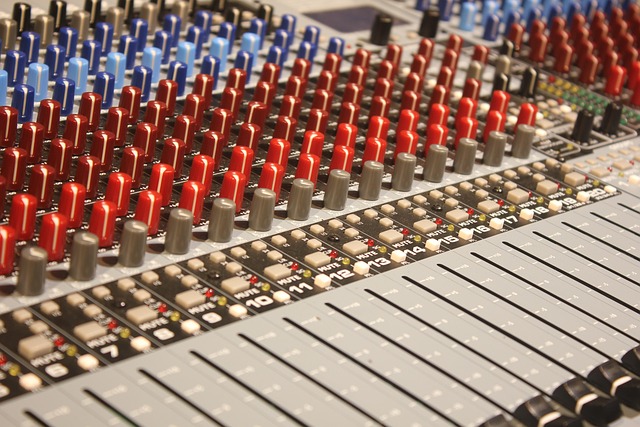Mastering Echo Damping Techniques for Optimal Audio Recording
In the world of audio recording, achieving that perfect sound quality is paramount. Whether you’re recording your next big album, producing a podcast, or simply trying to enhance your home cinema experience, echo damping can be your best ally. The presence of undesirable echoes can ruin an otherwise stellar performance, overshadowing your talent and technical proficiency.
Imagine sitting in your cinema room, cranking up the volume for that much-anticipated movie night. The dialogue should be crisp, the sound effects immersive, and the soundtrack should wrap around you like a warm hug. Instead, you’re met with a cacophony of echoes bouncing off the walls, ruining the mood. This scenario is not just frustrating; it’s a common issue that many home audio enthusiasts face.
Echo damping provides a solution to this omnipresent problem. By applying effective techniques, you can significantly reduce unwanted reverberations. One of the most effective methods is to use acoustic panels. These panels can be strategically placed on walls and ceilings to absorb sound waves, preventing them from reflecting back into the room. Unlike traditional soundproofing, which blocks outside noise, echo damping focuses on controlling sound within the space.
For those looking to enhance their home cinema experience, consider incorporating soft furnishings into the room design. Thick curtains, plush sofas, and even rugs can help absorb sound. The goal is to create a space that works with the acoustics instead of against them. Moreover, using furniture to strategically break up large, flat surfaces can also minimize echoes. For example, a combination of shelving and bookshelves can act as diffusors, scattering sound waves and reducing harsh reflections.
Another essential technique in your echo damping arsenal is the placement of speakers. Positioning them away from reflective surfaces – such as windows or bare walls – can help eliminate excess echo. Additionally, considering the height and angle of your speakers can make a significant difference in how sound travels through the room.
Moreover, exploring digital solutions can further enhance your audio recording quality. Many audio editing software tools come equipped with echo reduction features, allowing for post-production tweaks that can salvage less-than-ideal recordings. Furthermore, investing in a quality microphone with built-in noise-canceling capabilities can also make a difference.
As you embark on your journey of mastering echo damping techniques, remember that audio is not just about technology; it’s about the experience. Whether you’re in a professional studio, a cozy home cinema, or setting up a video recording space, the ambiance will reflect the story you want to tell. Take your time to experiment with different approaches and find the perfect balance to create a sound that resonates.
In the end, echo damping is more than just a technical necessity; it’s an art form. Perfecting your environment can free your creativity and allow your audio to shine through without unnecessary distractions. The right echo damping solutions can transform ordinary spaces into extraordinary audio havens, where every note, every dialogue, and every sound effect gets the respect it deserves.



